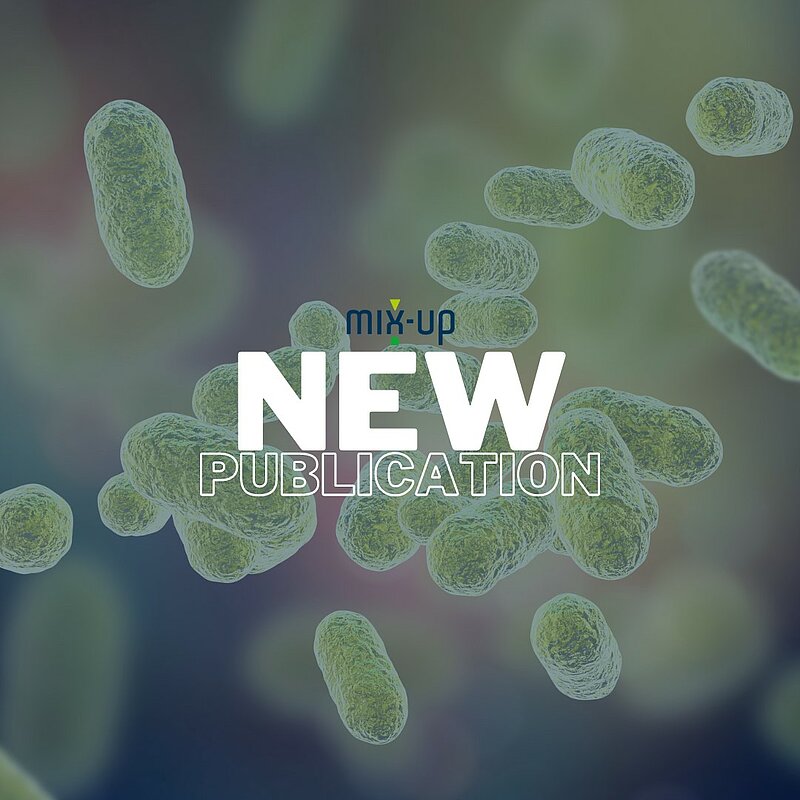DNA–protein interactions are central to fundamental cellular processes, yet widely implemented technologies for measuring these interactions on a genome scale in bacteria are laborious and capture only a snapshot of binding events. We devised a facile method for mapping DNA–protein interaction sites in vivo using the double-stranded DNA-specific cytosine deaminase toxin DddA. In 3D-seq (DddA-sequencing), strains containing DddA fused to a DNA-binding protein of interest accumulate characteristic mutations in DNA sequence adjacent to sites occupied by the DNA-bound fusion protein. High-depth sequencing enables detection of sites of increased mutation frequency in these strains, yielding genome-wide maps of DNA–protein interaction sites. We validated 3D-seq for four transcription regulators in two bacterial species, Pseudomonas aeruginosa and Escherichia coli. We show that 3D-seq offers ease of implementation, the ability to record binding event signatures over time and the capacity for single-cell resolution.
Click here to read the full article.


